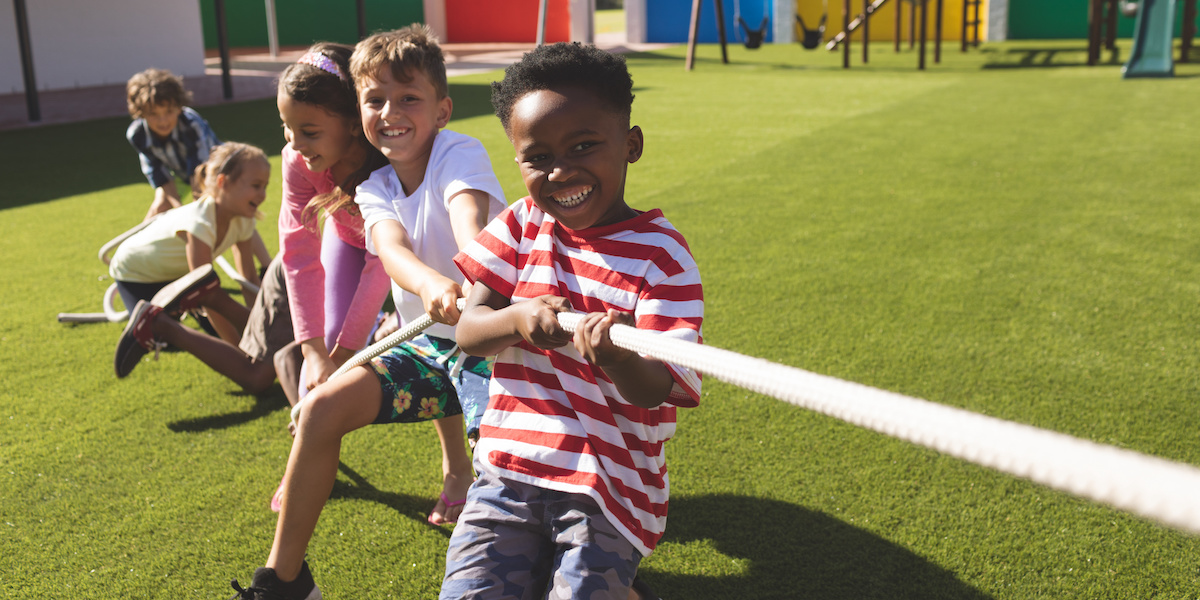
*The following is excerpted from an online article posted on ScienceDaily.
Recess quality, not just the amount of time spent away from the classroom, plays a major role in whether children experience the full physical, mental and social-emotional benefits of recess, a new study from Oregon State University found.
“Not all recess is created equal,” said William Massey, study author and an assistant professor in OSU’s College of Public Health and Human Sciences. With schools returning to full-time in-person classes this fall, he said, “Now is a good time to rethink, ‘How do we create schools that are more child-friendly?’ I think ensuring quality access to play time and space during the school day is a way we can do that.”
Massey’s study, published this week in the Journal of School Health, involved in-person observation of third- and fifth-grade students at 25 schools across five states during the 2018-19 school year. The schools covered a wide range of socioeconomic status and racial and ethnic diversity.
Researchers measured recess quality on a number of factors, including whether the schoolyard offered physical and environmental safety; whether kids had opportunities to play and had the requisite space and equipment; whether there were opportunities for inclusion; and if they had diverse options for play.
Researchers also looked at student behavior and the occurrence of verbal and physical conflict, as well as conflict resolution; and watched what adults on the playground were doing.
Schools that ranked highly on these measures saw associated positive outcomes in classroom behavior and socio-emotional markers. There was significant correlation between high-quality recess and higher scores in student resilience, self-control, adaptive classroom behaviors, and executive function, Massey said.
Based on these findings and his previous research on recess, Massey argues that schools should look at recess as a critical part of the school day — which means investing adequate time and resources into it.
Schools don’t need expensive play structures to accomplish that, he said. Simple, low-cost measures like having an adult do a safety sweep of the playground every morning, or making sure the soccer field is already set up so kids can maximize even 10- or 15-minute recess breaks would make a big difference.
Source: ScienceDaily
https://www.sciencedaily.com/releases/2021/07/210709094456.htm

 What’s Hot? 10/3/25
What’s Hot? 10/3/25  Boosting Teen Self-Esteem and Health Through Leisure Time
Boosting Teen Self-Esteem and Health Through Leisure Time  Social Media Eligibility Rewires Teen Sleep Patterns
Social Media Eligibility Rewires Teen Sleep Patterns